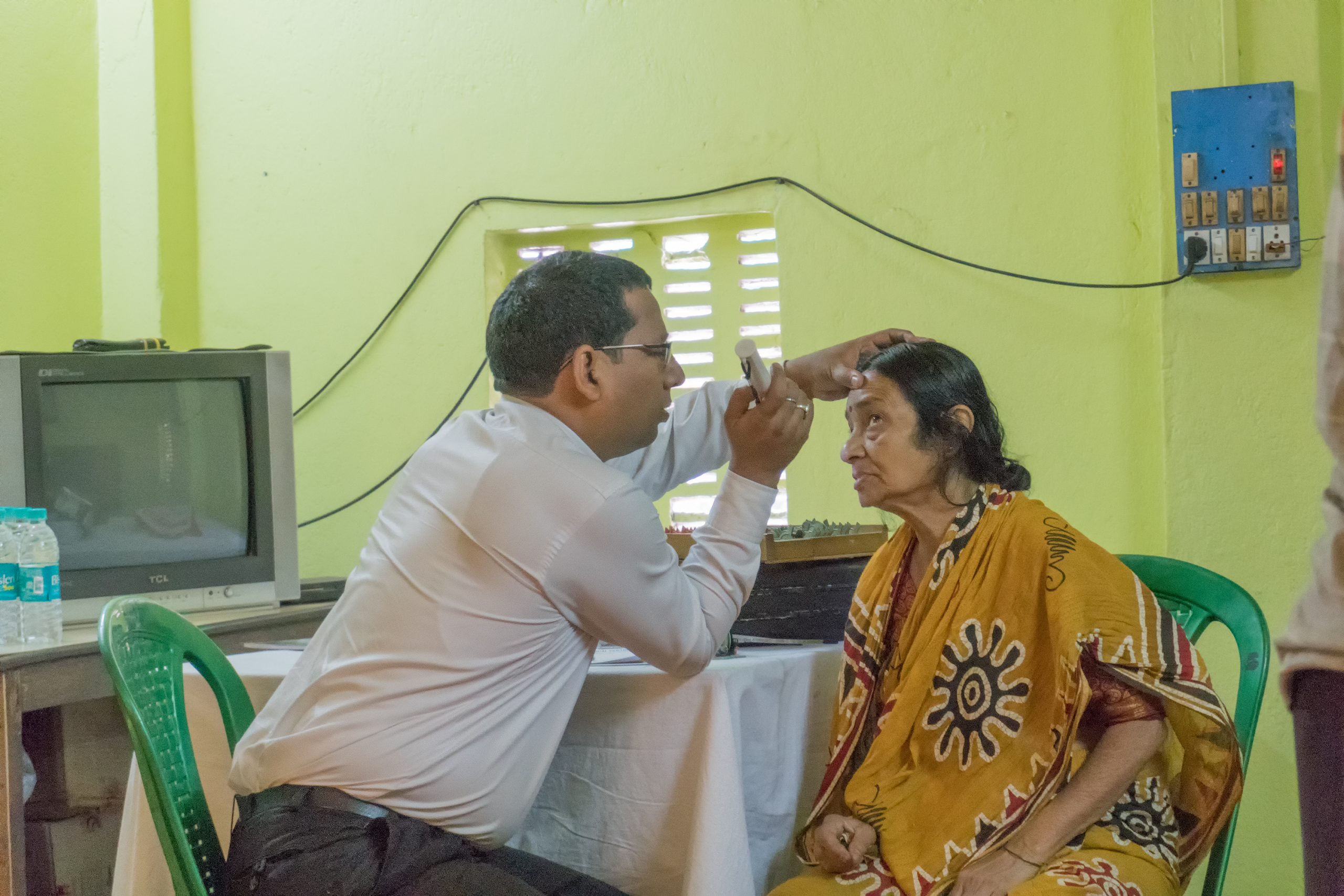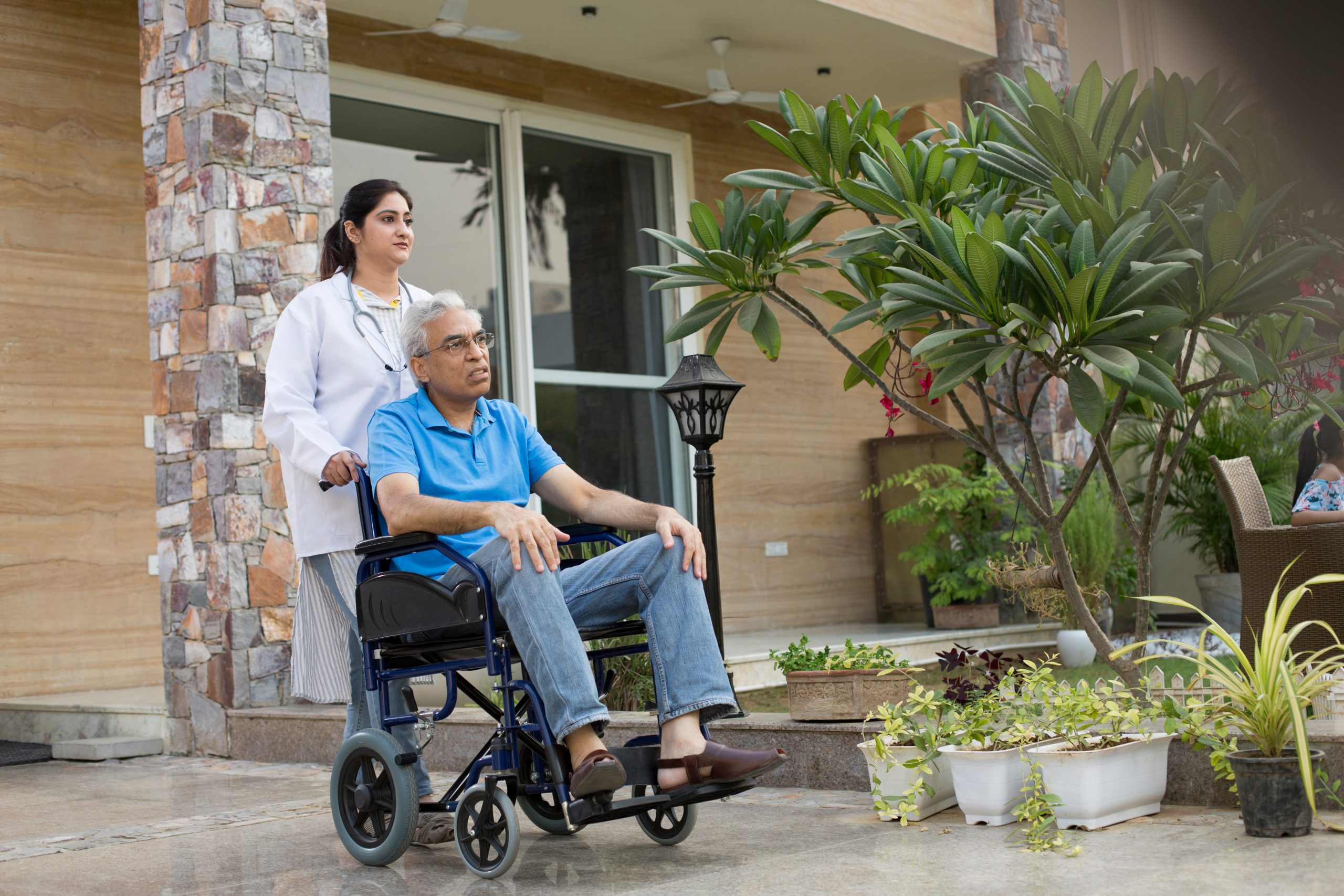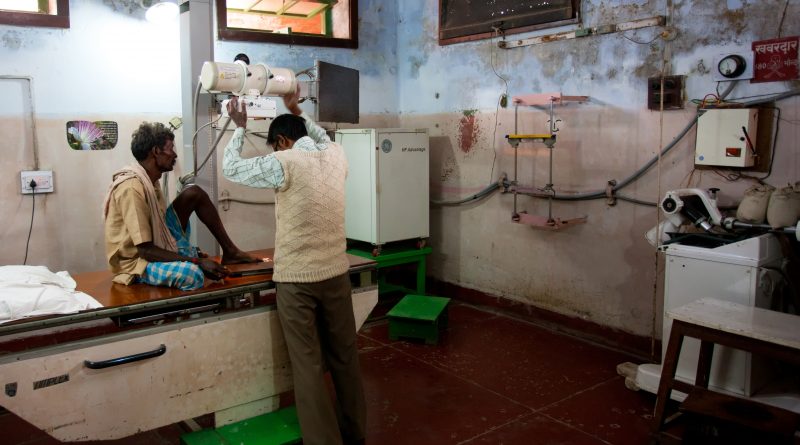Safe hospitals for patient care


Quality Management systems and Disaster risk reduction in hospital are being considered as two parallel roads for patient safety by ensuring that all new hospitals are built to a level of safety. It allows them to function in disaster situations and implement mitigation measures to reinforce existing health facilities, particularly those providing primary health care…….……
By Dr. Girdhar J.Gyani/ Sugandh Ahluwalia/ Dr. Nidhi Yadav
In 2005, at the 2nd World Conference for Disaster Reduction in Kobe, Japan, 168 countries approved the Hyogo Framework ( a global blueprint for disaster risk reduction) for action and in so doing agreed to, promote the goal of hospitals safe from disasters’ by ensuring that all new hospitals are built to a level of safety that will allow them to function in disaster situations and implement mitigation measures to reinforce existing health facilities, particularly those providing primary health care.
The Sendai Framework for Disaster Risk Reduction 2015-2030 also clearly outlines its priority of “Understanding disaster risk”. The framework targets to achieve remarkable reduction in disaster risk and losses in lives, livelihoods and health. This applies to the economic, physical, social, cultural and environmental assets of the persons, businesses, communities and countries over the next 15 years.

In India two parallel events took place in the year 2005, first being the launching of national Accreditation Board standards for quality management in hospitals and send was enacting of the Disaster Management Act in December 2005. The accreditation programme was started with intent to improve healthcare quality and patient safety at public and private hospitals. While the DM Act 205 provides effective management of disasters and for matters connected there with or incidental thereto. The section 22.1 of the Disaster Management Act 2005 states that it is the functions of the State Executive Committee to do the following:

1(b) “examine the vulnerability of different parts of the State to different forms of disasters and specify measures to be taken for their prevention or mitigation; ”
1(f) evaluate preparedness at all governmental or non-governmental levels to respond to any threatening disaster situation or disaster and give directions, where necessary, for enhancing such preparedness;
1(g) coordinates response in the event of any threatening disaster situation or disaster;
Similarly the state disaster management plan shall include assessment of vulnerability of different parts of the State to different forms of disasters. The National Disaster Management Policy 2009 also envisions to build a safe and disaster resilient India by developing a holistic, proactive, multi-disaster oriented and technology driven strategy through a culture of prevention, mitigation, preparedness and response. In line with this the NDMA released its Hospital Safety guidelines in 2016 to ensure functional safety of hospitals/health facilities in disaster situations, by adherence to the minimum required standards for healthcare facilities related to both internal and external disasters that are likely to affect hospitals. The guidelines aim at accomplishment of the concept of “Safe Hospital”, which is a facility whose services remain accessible and functioning at maximum capacity, and with the same infrastructure, before, during and immediately after the impact of emergencies and disasters.
The continuing functionality of the hospital depends on a range of factors, including the safety of its buildings, critical systems and equipment, the availability of supplies, and the emergency and disaster management capacities of the hospital, particularly for response to and recovery from hazards or events which may occur. The accreditation standards laid down by NABH also require hospitals to plan and implement mechanisms for the care of patients during community emergencies, epidemics and other disasters. Risk assessment needs to be carried out to understand the safety and functionality of hospitals, such that life-saving and other health services can be provided in emergencies and disasters. India does not have any indigenous tool specific for hospital risk assessment; therefore it has to depend on the scattered tools and checklists as provided by World Health Organization (WHO) and Pan American Health Care Organization (PAHO). There are several benefits of conducting risk assessment by the healthcare organizations. It can help individual hospitals to calculate a cumulative disaster risk percentage and the areas which are at risk according to the hazards facing the hospital. Besides that the identification and triaging of priority area for planning intervention at organization level can also done, for instance the areas which get identified into high priority category can be marked in red colour, the areas which will be found moderately prepared can be marked in yellow colour, the areas which showed good level of preparation can be marked in Amber colour and lastly the areas which are most prepared can be marked as green. Triaging the priority areas will help in planning, resource allocation, forecasting and monitoring the progress of interventions.

The risk assessment process can also help in development of dash board for the government and decision making bodies to understand the Knowledge, Attitude and Practices of the hospital staff and keep them motivated in journey towards Safe hospitals. Basis the results of risk assessment cohorting of hospitals and development of a comprehensive system of Hospital Networks may be carried out to enable resource sharing during emergencies. This will also help in moving a step closer to accomplishing the Prime Minister’s ten point agenda on Disaster risk reduction. The agenda solicits in “Investment in mapping disaster risk for all hazards”. It urges the central bodies to undertake a national level disaster risk assessment along with an online platform followed by state level multi-hazard risk assessments in all states. It also urges to develop maps for all major hazards in a standardized format to facilitate disaster risk reduction and ultimately development of standards/ guidelines for different types of risk assessments.
Therefore keeping both the requirements parallel to each other and implementing them in letter and spirit will help us achieve the goal of “safe hospitals” at the end.
(The authors are Director General, Association of Health Care Providers of India/ Chief Strategy Officer and Board Member / Asst. GM Quality, Indian Spinal Injuries Centre, New Delhi)

